ABOUT THE AUTHOR
Christopher Nyerges, co-founder of the School of Self-Reliance, has led wild food and survival skills walks for thousands of students since 1974. He has authored sixteen books, mostly on wild foods, survival, and self-reliance, and thousands of newspaper and magazine articles. He continues to teach where he lives in Los Angeles County, California. More information about classes and seminars is available at www.SchoolofSelf-Reliance.com, or by writing to School of Self-Reliance, Box 41834, Eagle Rock, CA 90041.
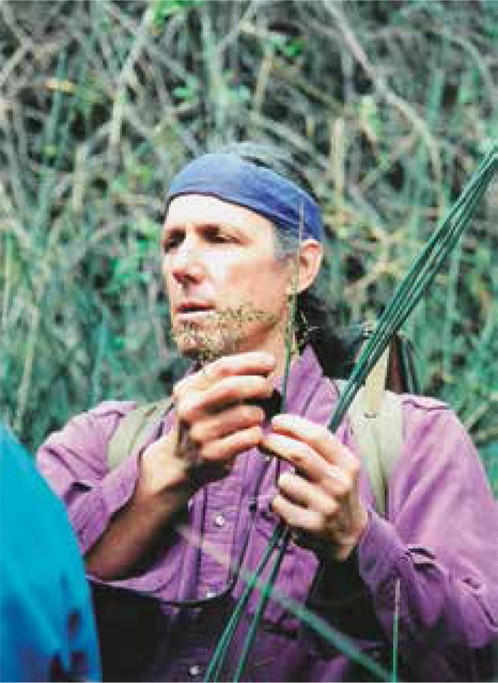

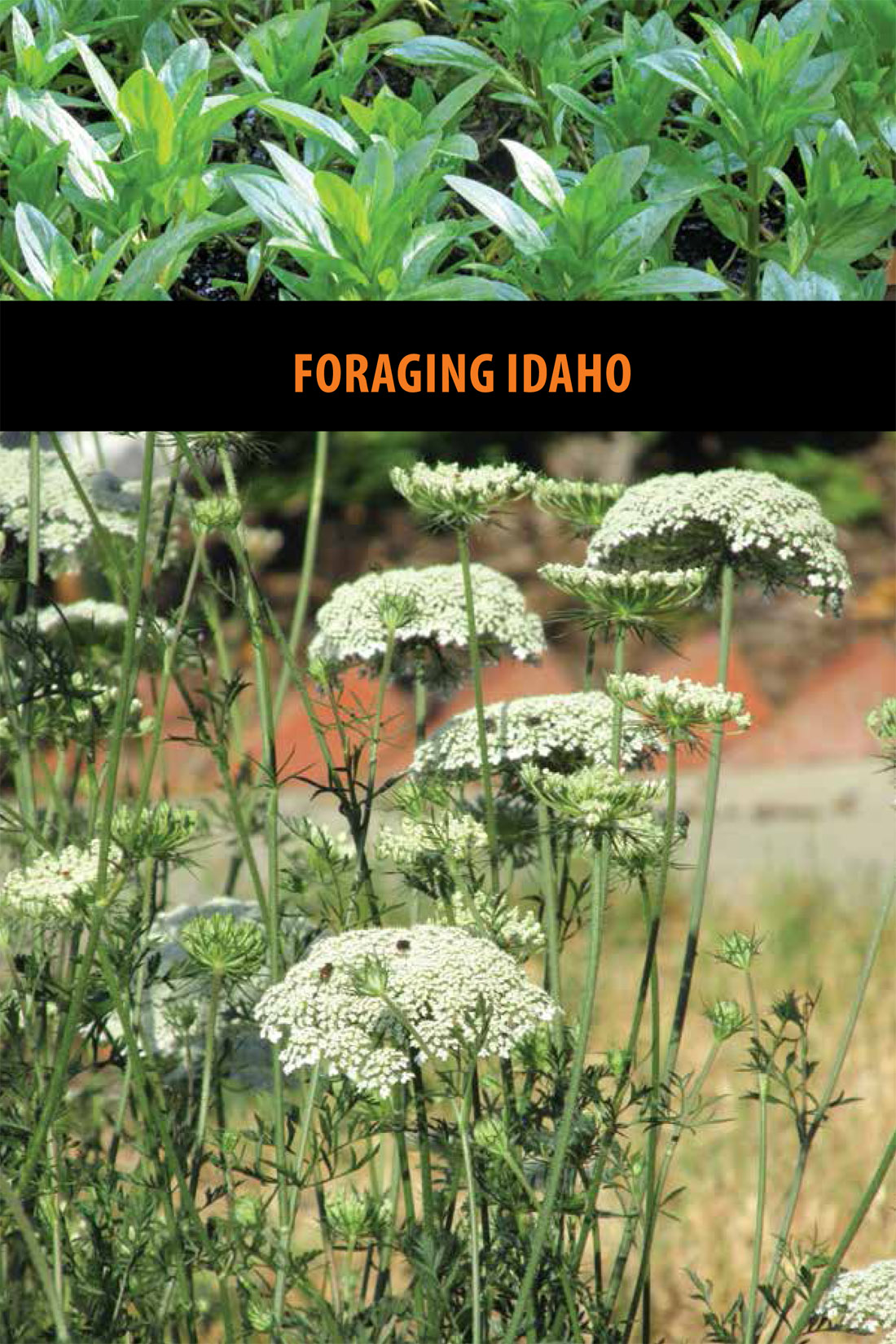
FALCON GUIDES
An imprint of The Rowman & Littlefield Publishing Group, Inc.
4501 Forbes Blvd., Ste. 200
Lanham, MD 20706
www.rowman.com
Falcon and FalconGuides are registered trademarks and Make Adventure Your Story is a trademark of The Rowman & Littlefield Publishing Group, Inc.
Distributed by NATIONAL BOOK NETWORK
Copyright 2018 by The Rowman & Littlefield Publishing Group, Inc.
All interior photographs by Christopher Nyerges, unless otherwise noted
Maps: Melissa Baker Rowman & Littlefield
All rights reserved. No part of this book may be reproduced in any form or by any electronic or mechanical means, including information storage and retrieval systems, without written permission from the publisher, except by a reviewer who may quote passages in a review.
British Library Cataloguing-in-Publication Information available
Library of Congress Cataloging in Publication Data:
Names: Nyerges, Christopher, author.
Title: Foraging Idaho : finding, identifying, and preparing edible wild foods / Christopher Nyerges.
Description: Guilford, Connecticut ; Helena, Montana : FalconGuides, [2018] | Includes bibliographical references and index.
Identifiers: LCCN 2018003166 (print) | LCCN 2018007156 (ebook) | ISBN 9781493031917 (ebook) | ISBN 9781493031900 (pbk.)
Subjects: LCSH: Wild plants, Edible--Idaho. | Wild plants, EdibleIdahoIdentification.
Classification: LCC QK98.5.U6 (ebook) | LCC QK98.5.U6 N9385 2018 (print) | DDC 581.6/3209796dc23
LC record available at https://lccn.loc.gov/2018003166
 The paper used in this publication meets the minimum requirements of American National Standard for Information SciencesPermanence of Paper for Printed Library Materials, ANSI/NISO Z39.48-1992.
The paper used in this publication meets the minimum requirements of American National Standard for Information SciencesPermanence of Paper for Printed Library Materials, ANSI/NISO Z39.48-1992.
Printed in the United States of America
The identification, selection, and processing of any wild plant for use as food requires reasonable care and attention to details since, as indicated in the text, certain parts are wholly unsuitable for use and, in some instances, are even toxic. Because attempts to use any wild plants for food depend on various factors controllable only by the reader, the author and Globe Pequot assume no liability for personal accident, illness, or death related to these activities.
This book is a work of reference. Readers should always consult an expert before using any foraged item. The author, editors, and publisher of this work have checked with sources believed to be reliable in their efforts to confirm the accuracy and completeness of the information presented herein and that the information is in accordance with the standard practices accepted at the time of publication. However, neither the author, editors, and publisher, nor any other party involved in the creation and publication of this work, warrant that the information is in every respect accurate and complete, and they are not responsible for errors or omissions or for any consequences from the application of the information in this book. In light of ongoing research and changes in clinical experience and in governmental regulations, readers are encouraged to confirm the information contained herein with additional sources. This book does not purport to be a complete presentation of all plants, and the genera, species, and cultivars discussed or pictured herein are but a small fraction of the plants found in the wild, in an urban or suburban landscape, or in a home. Given the global movement of plants, we would expect continual introduction of species having toxic properties to the regions discussed in this book. We have made every attempt to be botanically accurate, but regional variations in plant names, growing conditions, and availability may affect the accuracy of the information provided. A positive identification of an individual plant is most likely when a freshly collected part of the plant containing leaves and flowers or fruits is presented to a knowledgeable botanist or horticulturist. Poison Control Centers generally have relationships with the botanical community should the need for plant identification arise. We have attempted to provide accurate descriptions of plants, but there is no substitute for direct interaction with a trained botanist or horticulturist for plant identification. In cases of exposure or ingestion, contact a Poison Control Center (1-800-222-1222), a medical toxicologist, another appropriate heathcare provider, or an appropriate reference resource.
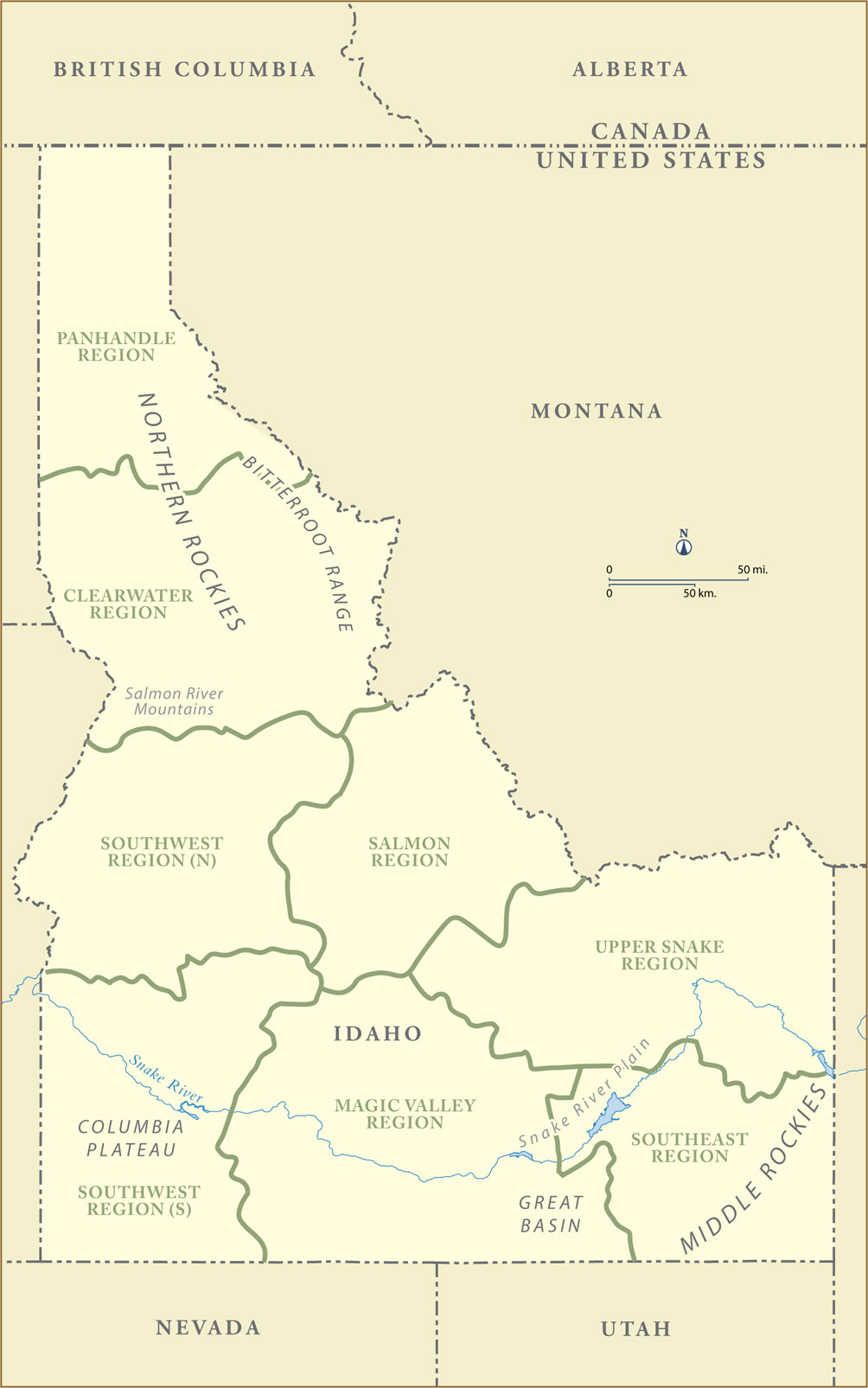
ACKNOWLEDGMENTS
My primary ethnobotanical mentor was Dr. Leonid Enari, whom I first met in 1975. Dr. Enaris unique background in botany and chemistry made him ideally suited as a primary source of information. He earned higher degrees in both botany and chemistry (equivalent to PhDs) in his twenties before emigrating to the United States from Estonia, where he had experienced some of the results of Nazi occupation. He would tell his students that he pursued these fields because he desired to help people. With the knowledge of botany and chemistry, he once told our class, no one need ever go hungry.
When he first moved to the United States, he settled in Portland, Oregon, and taught at Lewis and Clark College and the University of Portland. While living in the Northwest, Dr. Enari researched and wrote Plants of the Pacific Northwest , the result of about forty field trips. I have used that book as one of my primary references. He eventually moved to Southern California.
Dr. Enari acted as my teacher, mentor, and friend, and he always encouraged me on to further research as well as teaching and writing. He assisted me with my first book, Guide to Wild Foods , and also consulted on my various botanical writing projects.
I felt the great loss when he passed away in 2006 at age eighty-nine.
To Dr. Enari, I dedicate this book on Idahos wild foods.
I also had many other mentors, teachers, and supporters along the way. These include (but are not limited to) Dr. Luis Wheeler (botanist), Richard Barmakian (nutritionist), Dorothy Poole (Gabrielino chaparral granny), Richard E. White (founder of WTI, who taught me how to teach, and how to think; it was through WTI that I began teaching); John Watkins (a Mensan who knew everything), and Mr. Muir (my botany teacher at John Muir High School). These individuals all imparted some important aspect to me, and they have all been my mentors to varying degrees. I thank them for their influence. Euell Gibbons also had a strong influence on my early studies of wild food, mostly through his books; I met him only once.


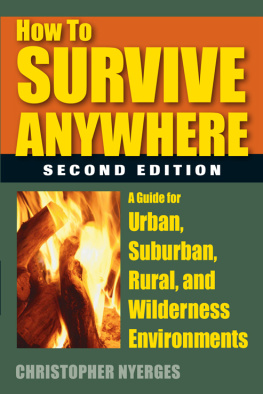
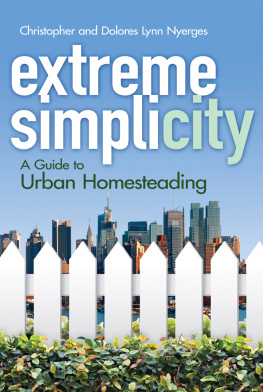
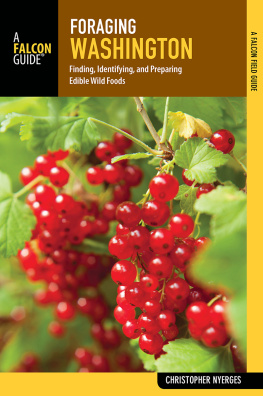
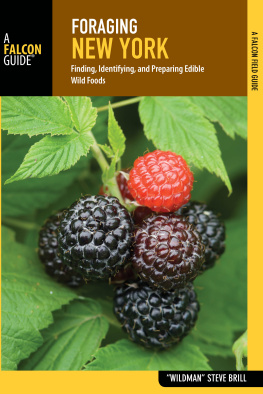
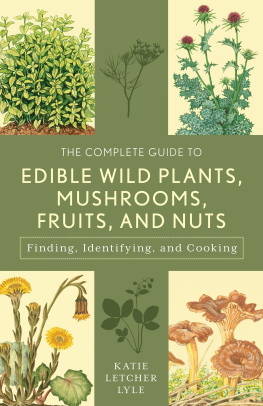
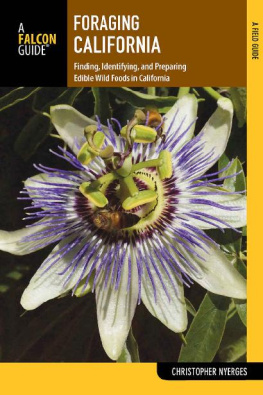
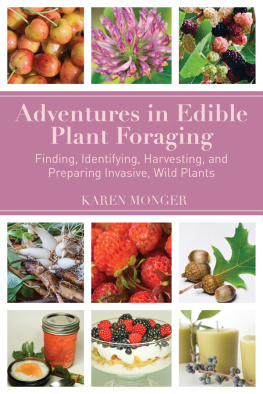



 The paper used in this publication meets the minimum requirements of American National Standard for Information SciencesPermanence of Paper for Printed Library Materials, ANSI/NISO Z39.48-1992.
The paper used in this publication meets the minimum requirements of American National Standard for Information SciencesPermanence of Paper for Printed Library Materials, ANSI/NISO Z39.48-1992.